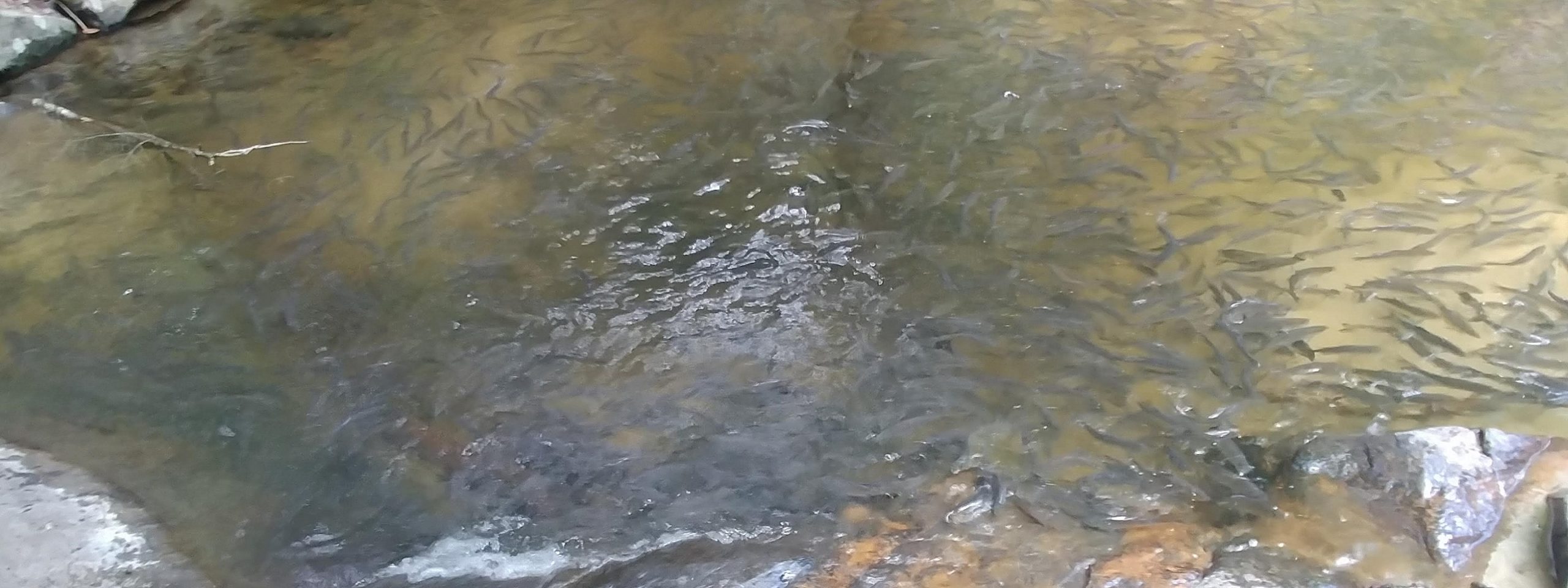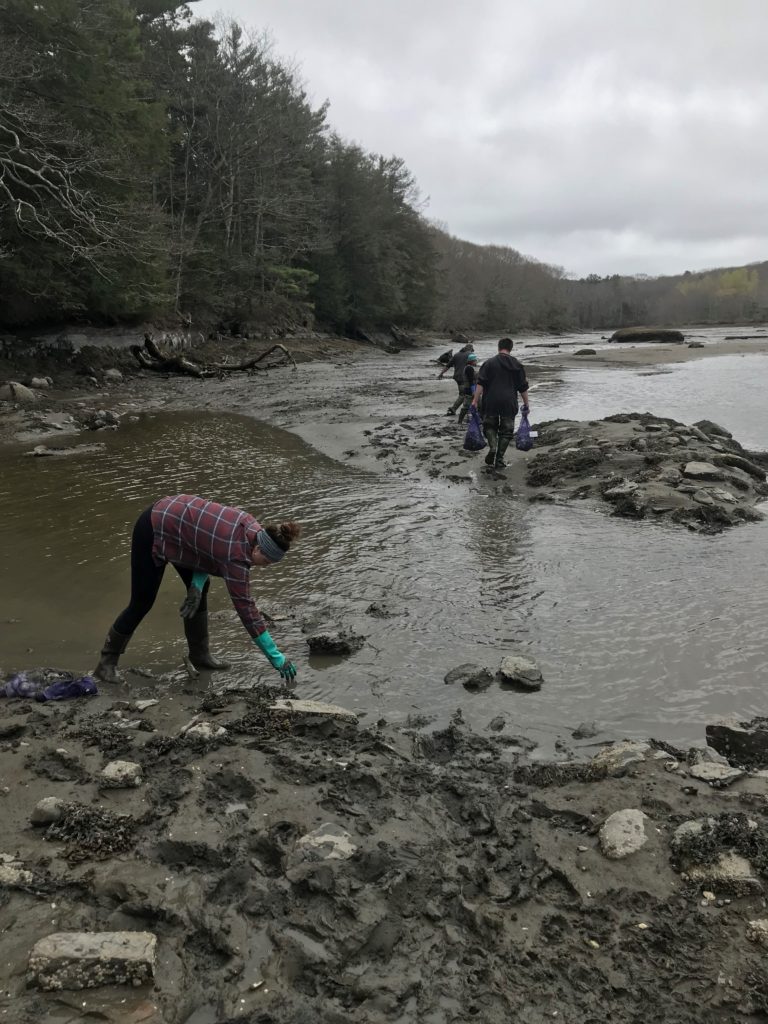Manomet’s work in the Gulf of Maine strives to support and promote resilient and productive coastal ecosystems and communities. Focusing on ecosystem restoration and fisheries diversification, Manomet’s fisheries team has had a busy winter and is now preparing for the spring field season!
In addition to continuing to monitor invasive green crab populations, Manomet’s fisheries team will be expanding their research this spring. Intertidal shellfish harvesting has a long history in New England—and supplies clam shacks and seafood restaurants up and down the coast. Resource assessments—surveying the abundance and size range of shellfish—have traditionally been used to shed light on how many clams can be removed without harming future harvests. But warming waters, ocean acidification, invasive species, and rising sea levels are rapidly changing coastal ecosystems. To manage fisheries more effectively, shellfish harvesters and scientists need new tools.
Dr. Marissa McMahan, Manomet’s Fisheries Division Director, is pioneering the development of a new survey technique that will consider ecological factors affecting stock abundance such as predation by the invasive green crab. With thriving populations driven by warming waters, green crabs are a growing threat to shellfish resources.
Because shellfish habitat varies greatly from town to town and from north to south, the ecological survey will be designed to allow shellfish communities to monitor their flats’ specific factors. Communities will be able to track a range of predators and also different target species (such as oysters, quahogs, razor clams, and oysters), sediment types, conservation practices, and other factors affecting shellfish resources. The survey will be developed collaboratively, working with several coastal Maine towns. The goal is to develop a standardized methodology to replace the hodgepodge of survey techniques currently in use, allowing data on both stock abundance and ecological drivers to be compared over time and across regions by communities.






 Back to all
Back to all
